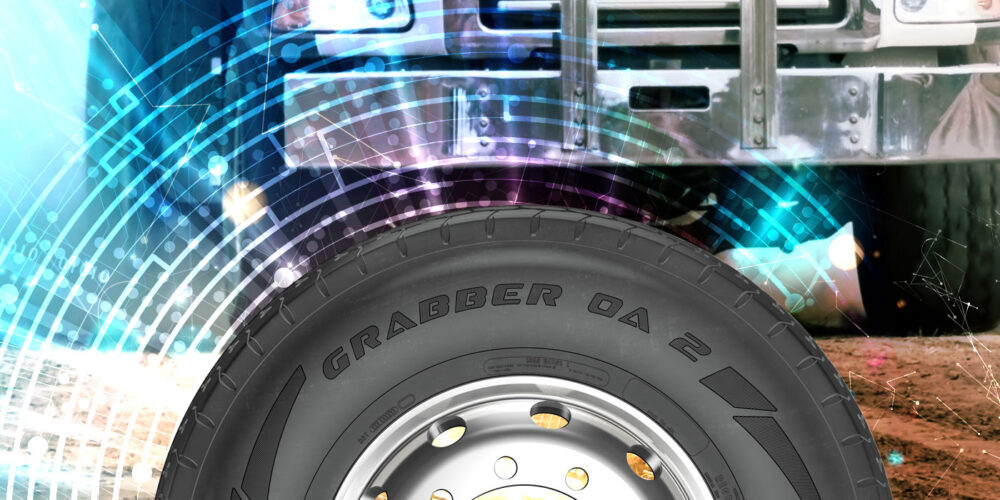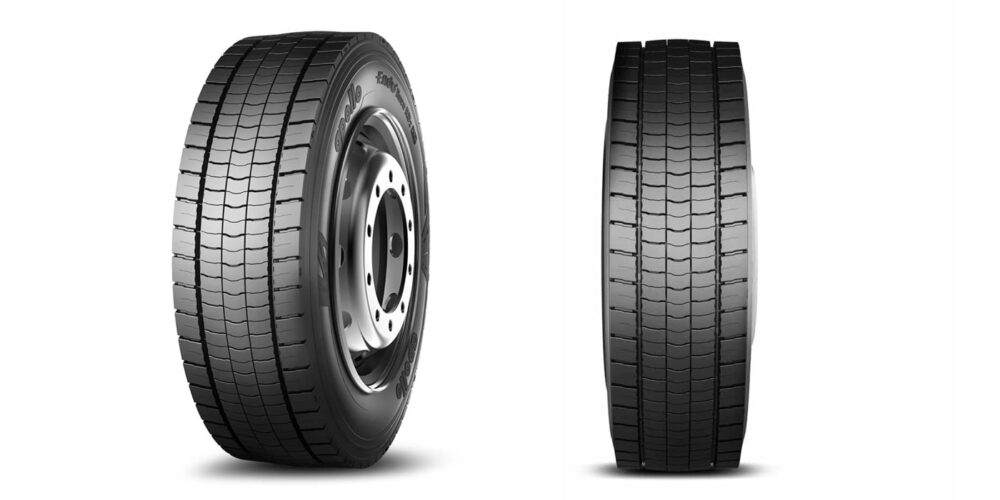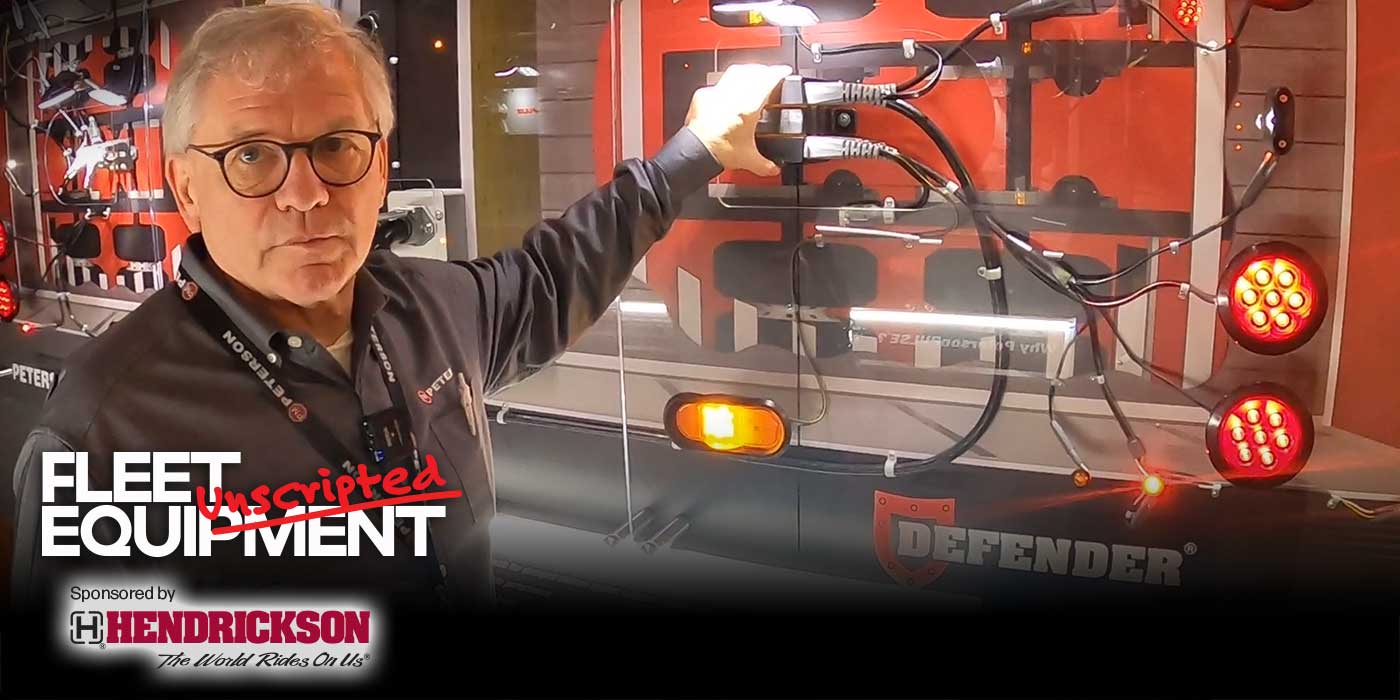When you think of the word “technology,” you might imagine tech-savvy products such as driver assist, lane-keep and autonomous vehicles. Yet, technology has also brought us improved performance for seemingly less complex components such as tires.
No one’s trying to reinvent the wheel, but the rubber that goes around the wheel… that’s another story.
Tire manufacturers continue to improve the performance and longevity of wide-base tires while additionally making them more financially accessible to fleets. This means improved performance, easier accessibility, and increased longevity.
“OEMs have adapted manufacturing to make wide-base use less expensive than changing older equipment over, saving fleets considerable expenses,” Tom Clauer, senior manager of commercial product planning, Yokohama Tire, said. “Suspensions designed around wide-base tires have increased the usability and can customize setups to maximize fuel efficiencies and increase tread life.”
Advancements in casing and tread compounds continue to improve durability, longevity and further reduce rolling resistance in wide-base tires, contributing to improved fuel savings, casing integrity and sustainable efforts.
“We try to make the products last in service as long as possible. With that life extension, we also want to make sure that the casing we’re creating is retreadable so that the tire can have additional lives and service,” Bridney Jordan, product marketing manager, U.S. Truck Tire, Continental, said.
On top of the rigorous product design improvements being implemented by every OEM, technology additionally plays an important role in the upkeep and prompt maintenance of wide-base tires. While tire pressure monitoring system (TPMS) technology and automatic tire inflation system (ATIS) technology are most commonly utilized for tire pressure maintenance, Jordan elaborated on Continental’s digital solution that promptly alerts drivers through an in-cab dashboard which displays data from sensors located in each tire.
Should a drop in pressure or puncture in the tread be detected, Continental provides solutions to allow a prompt response time.
“One of the sensors is actually placed inside the tire which reads temperature and air pressure. You can set your limit and if it drops below the set limit we can deploy a text message or an email to the fleet maintenance manager,” said Jordan. “Additionally, we do have in-cabin displays that will flash and alert the driver if they have a flat tire on the rear, front or drive. We use a device to sync the tire so it knows exactly which position is affected and what the air pressure or the temperature is in real time.”
Additionally, Jordan explained that some fleet yards and depots are installing readers to check tires as they roll into the lot. This solution alerts the driver, manager or even servicing dealer should a tire be low and allows for faster service on site, getting the truck rolling in no time.
Trucking towards improved fuel economy, weight savings, and sustainability could be an easier task through the adoption of wide-base tires into your fleet. The benefits reach far and wide, but just like every other piece of equipment in the industry, it all comes down to application, maintenance and upkeep.
Just how wide is the adoption of wide-base tires with fleets?
Click below for the answer.














